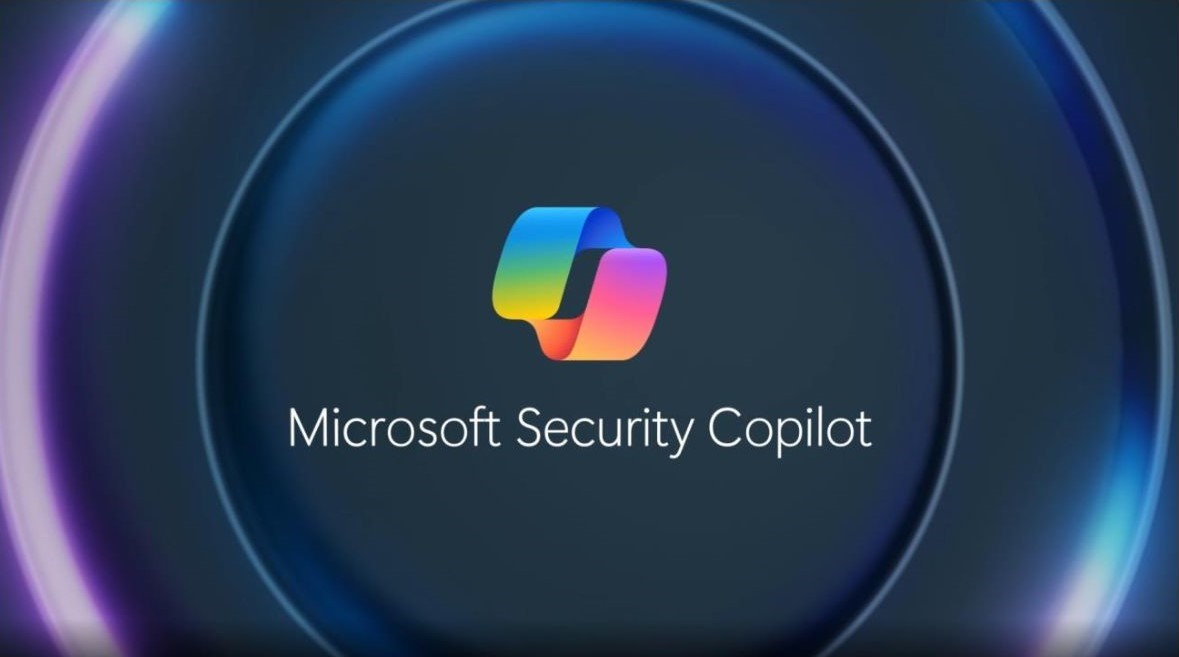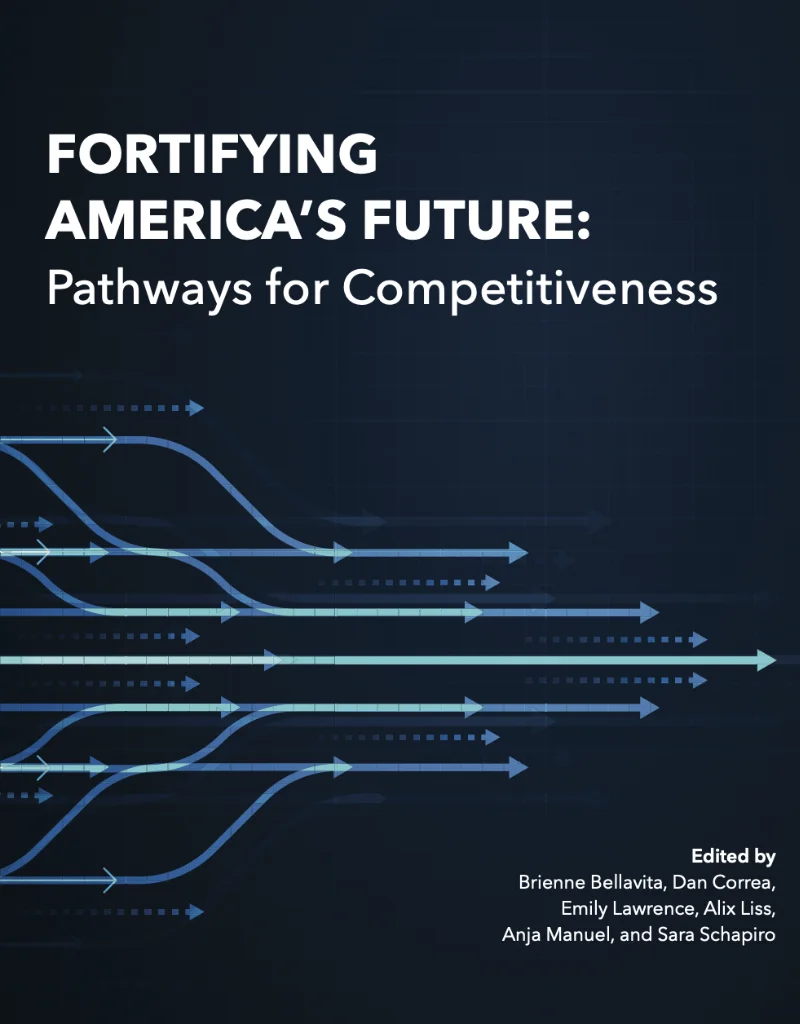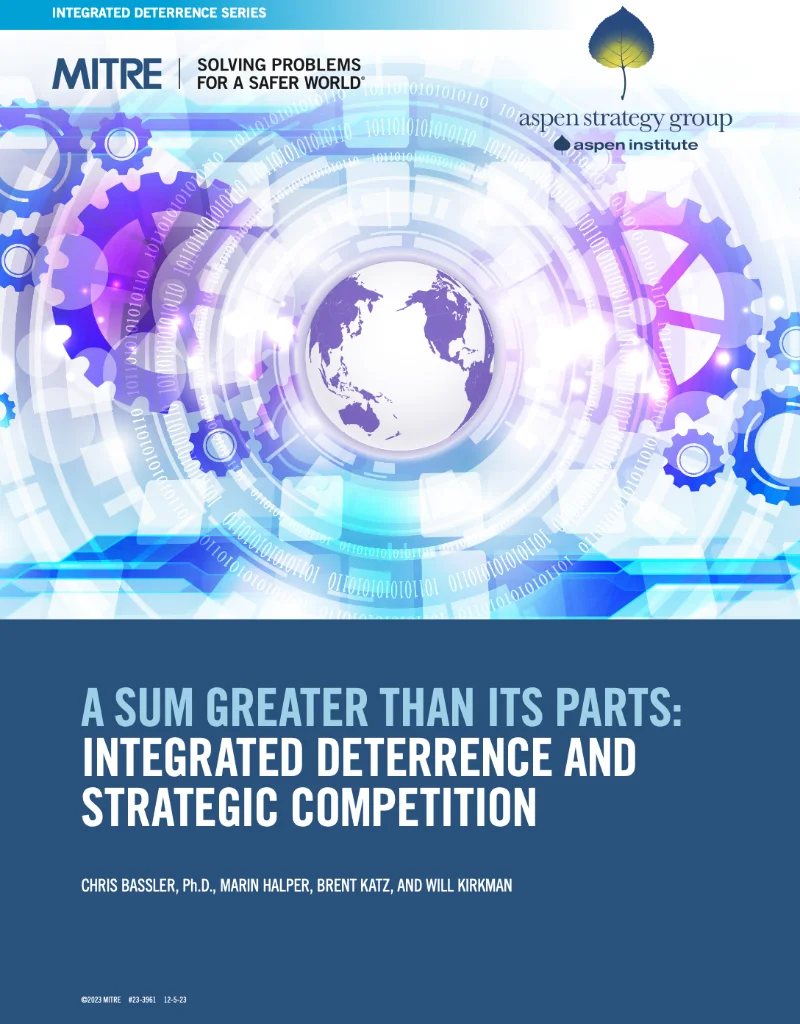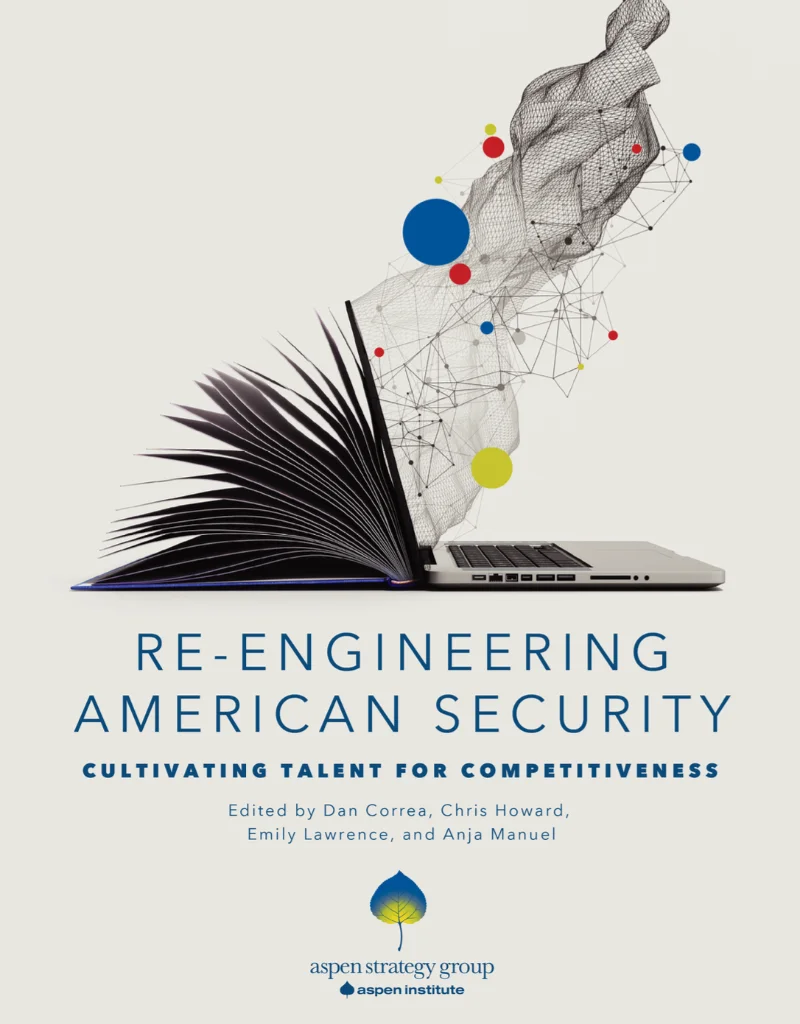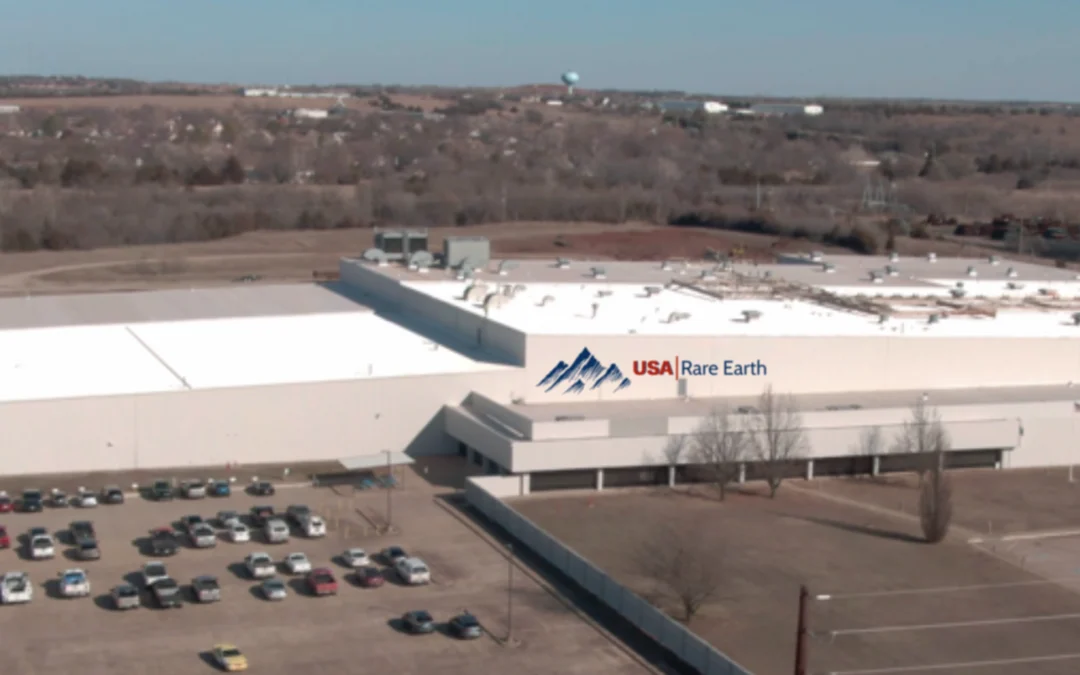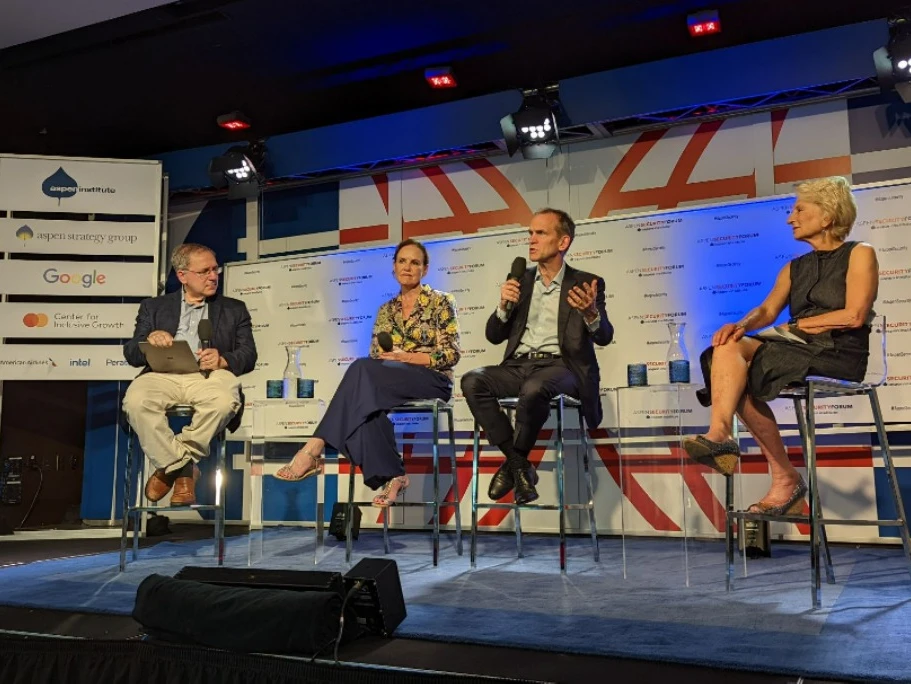Cybersecurity is no longer just a technical issue—it’s a strategic one. In last week’s Weekly Leaf, we explored how the speed and complexity of modern threats demand smarter tools. That’s where generative AI-powered solutions like Microsoft Security Copilot come in, helping organizations stay ahead of risk while simplifying day-to-day operations. This time, we’re zooming in on how to turn security from a checklist into a conversation— one that resonates with your leadership, your teams, and your strategy.
Start With the Right Questions
Whether you’re a CISO, CIO, or someone who just wants to keep your organization safe, the best place to start is by asking the right questions early, especially during the design phase of any new initiative. For example:
- What are the biggest threats we’re facing right now?
- Are we updating our threat models often enough to keep up?
- How are we integrating security into our AI and emerging tech strategies?
- Are our budget and team size in line with industry benchmarks?
These questions help shape a security strategy that’s not only resilient but aligned with business goals. They also lay the groundwork for a clear, forward-looking vision, integrating security, privacy, and resilience into every decision.
Empowering Teams with Security Copilot
Microsoft Security Copilot is designed to support this shift. It uses generative AI to automate high-volume tasks, surface insights, and guide decision-making. Whether you’re investigating incidents, reviewing alerts, or preparing reports, Copilot helps teams move faster and with greater confidence.
Build Resilience from the Inside Out
Security isn’t just the responsibility of IT. Data Protection Officers and Chief Security Officers play a critical role in identifying internal risks and prioritizing them during planning and development. That means:
- Understanding critical systems and their dependencies
- Implementing controls to protect sensitive data
- Extending security awareness beyond technical teams
Risk assessment and mitigation should be embedded in your organizational strategy, with regular benchmarking against industry standards to ensure your defenses are both current and comprehensive.
Compliance, Trust, and the Bigger Picture
In regulated industries, aligning with legal and industry standards isn’t optional; it’s foundational. But even beyond compliance, it’s about trust. Customers, partners, and employees all want to know that you take security seriously.
That’s why Microsoft’s Secure Future Initiative is such a big deal. It’s a multi-year commitment to building security into everything we do, from design to deployment to daily operations. It’s about being secure by design, secure by default, and secure in how we operate.
Let’s Keep the Conversation Going
Microsoft’s mission is to empower every individual and organization, while also ensuring secure computing experiences. To enhance your cybersecurity knowledge, we encourage you to visit our Cybersecurity Awareness – Education and Resources page. Additionally, to further improve your cybersecurity awareness, please explore Secure Our World— Together.


